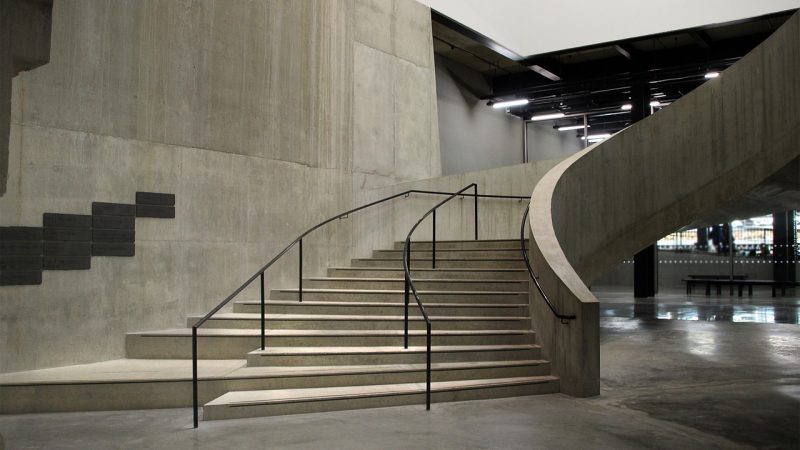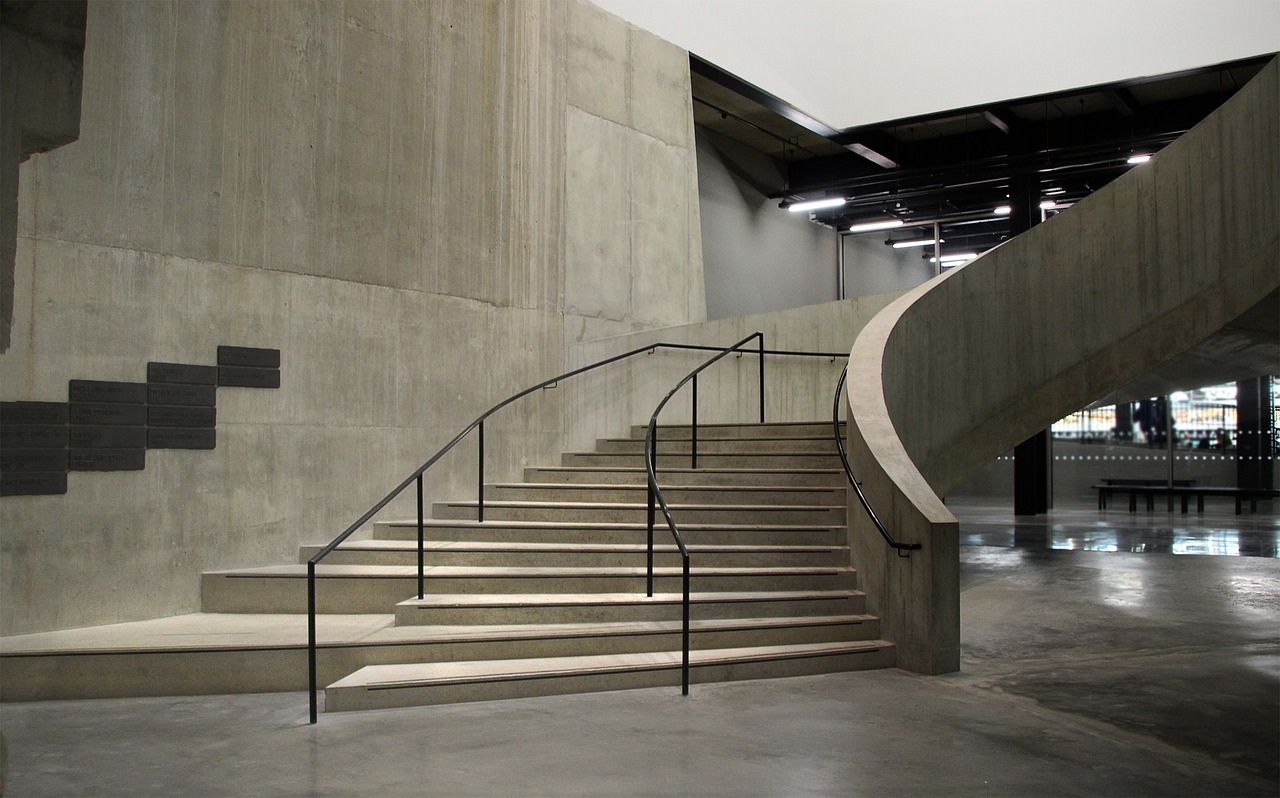“Brexit, the scourge of the British electorate. Lied to by the right-wing self-interested.”

Contrary to claims from critics that ‘wokeness’ is driving visitors away from major UK art institutions, new data suggests a different culprit – Brexit and the Covid-19 pandemic.
Attendance at London’s Tate Modern and Tate Britain has dropped by 27 percent since 2019, equivalent to 2.2 million fewer visitors, according to the latest figures from the Association of Leading Visitor Attractions (ALVA). The fall is notably steeper than at other prominent cultural venues in the capital. The National Portrait Gallery saw a decline of just 3 percent over the same period, and the British Museum 4 percent.
Tate’s director, Maria Balshaw, attributes the drop to a combination of post-Brexit travel barriers and the lasting impact of the pandemic, particularly on younger visitors. She cites Tate’s own research, which shows domestic attendance has recovered to 95 percent of pre-pandemic levels, but international attendance languishes at just 61 percent.
Speaking to the Art Newspaper, Balshaw said: “The figures speak for themselves. Tate Modern alone welcomed 609,000 visitors from Europe, between ages 16 to 24, in 2019-20 but then 357,000 in 2023-24.
“And if you think about that age of person: they are profoundly affected by the combination of Brexit changing their educational and work opportunities and then Covid profoundly affecting the end of their studies and the way they choose to live their lives. They are, in general, also travelling less.”
This explanation challenges the narrative advanced by right-wing commentators, who have blamed an alleged ideological shift in curatorial policy. In an article for the Spectator in November 2024, JJ Charlesworth argued that Tate’s embrace of progressive causes, from decolonisation to climate advocacy, has alienated its core public.
“If ‘go woke, go broke’ is an all-too-common jibe of the cultural wars era, the reality is that Tate stands out as a particularly enthusiastic convert to progressive ideological fashions, reluctant to consider that it may not be taking its public with it,” the author wrote.
In a dig at Balshaw, JJ Charlesworth argued: “What doesn’t figure so much is any interest in Tate’s relationship to the national story, the term ‘nation’ barely figuring at all, Balshaw’s view of society jumping from the ‘international’ to the ‘hyperlocal’, with a sort of blindspot where the ‘national’ should be, fixated with ‘diversifying’ the audience to include the underrepresented. And yet still they fail to come through the doors.”
While this argument has found a predictable audience in certain circles, the broader data doesn’t support it as the primary cause of declining footfall. Instead, Tate’s visitor figures appear to reflect international travel patterns and political polices more than cultural content, with Brexit being a key player.
News that Brexit is to blame on the Tate’s disappointing attendance figures sparked plenty of conservation online.
One reader posted in response:
“Brexit, the scourge of the British electorate. Lied to by the right-wing self-interested.”
Left Foot Forward doesn’t have the backing of big business or billionaires. We rely on the kind and generous support of ordinary people like you.
You can support hard-hitting journalism that holds the right to account, provides a forum for debate among progressives, and covers the stories the rest of the media ignore. Donate today.
